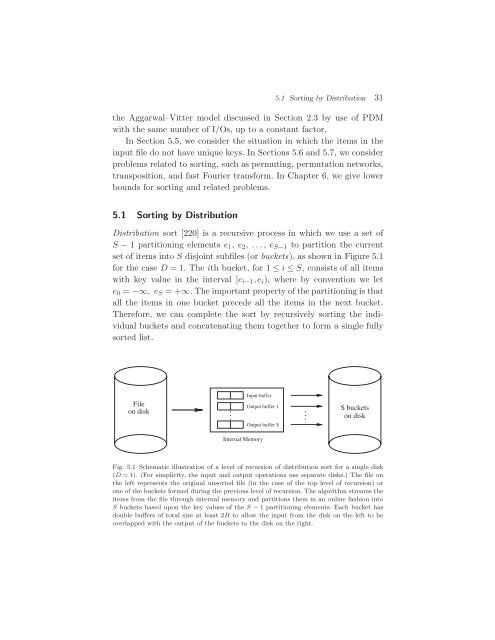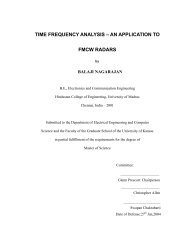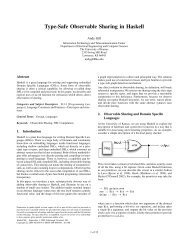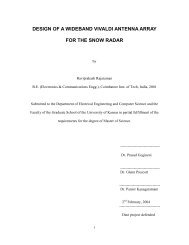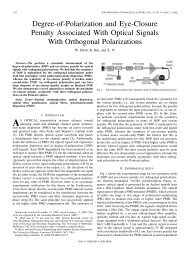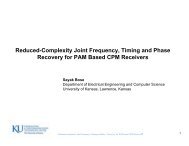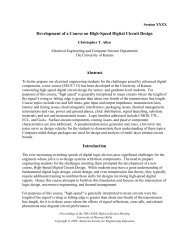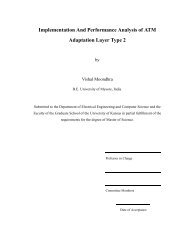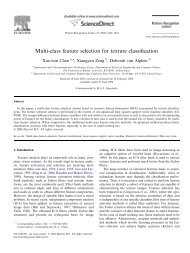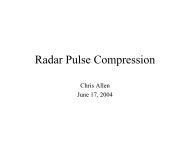Algorithms and Data Structures for External Memory
Algorithms and Data Structures for External Memory
Algorithms and Data Structures for External Memory
You also want an ePaper? Increase the reach of your titles
YUMPU automatically turns print PDFs into web optimized ePapers that Google loves.
5.1 Sorting by Distribution 31<br />
the Aggarwal–Vitter model discussed in Section 2.3 by use of PDM<br />
with the same number of I/Os, up to a constant factor.<br />
In Section 5.5, we consider the situation in which the items in the<br />
input file do not have unique keys. In Sections 5.6 <strong>and</strong> 5.7, we consider<br />
problems related to sorting, such as permuting, permutation networks,<br />
transposition, <strong>and</strong> fast Fourier trans<strong>for</strong>m. In Chapter 6, we give lower<br />
bounds <strong>for</strong> sorting <strong>and</strong> related problems.<br />
5.1 Sorting by Distribution<br />
Distribution sort [220] is a recursive process in which we use a set of<br />
S − 1 partitioning elements e1, e2, ..., eS−1 to partition the current<br />
set of items into S disjoint subfiles (or buckets), as shown in Figure 5.1<br />
<strong>for</strong> the case D = 1. The ith bucket, <strong>for</strong> 1 ≤ i ≤ S, consists of all items<br />
with key value in the interval [ei−1,ei), where by convention we let<br />
e0 = −∞, eS =+∞. The important property of the partitioning is that<br />
all the items in one bucket precede all the items in the next bucket.<br />
There<strong>for</strong>e, we can complete the sort by recursively sorting the individual<br />
buckets <strong>and</strong> concatenating them together to <strong>for</strong>m a single fully<br />
sorted list.<br />
File<br />
on disk<br />
Input buffer<br />
Output buffer 1<br />
Internal <strong>Memory</strong><br />
Output buffer S<br />
S buckets<br />
on disk<br />
Fig. 5.1 Schematic illustration of a level of recursion of distribution sort <strong>for</strong> a single disk<br />
(D = 1). (For simplicity, the input <strong>and</strong> output operations use separate disks.) The file on<br />
the left represents the original unsorted file (in the case of the top level of recursion) or<br />
one of the buckets <strong>for</strong>med during the previous level of recursion. The algorithm streams the<br />
items from the file through internal memory <strong>and</strong> partitions them in an online fashion into<br />
S buckets based upon the key values of the S − 1 partitioning elements. Each bucket has<br />
double buffers of total size at least 2B to allow the input from the disk on the left to be<br />
overlapped with the output of the buckets to the disk on the right.


